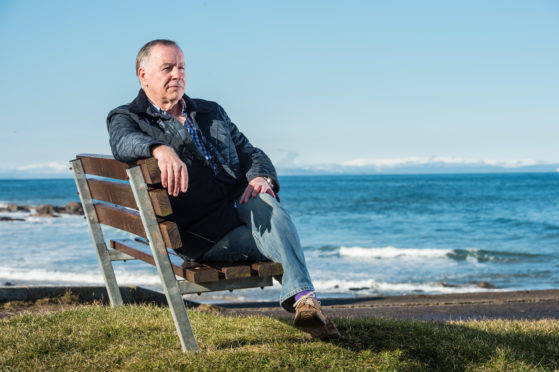Sufferers of an incurable genetic disease in Moray have been told they are “no longer alone”.
A support group was set up in the region a year ago to help those with the deadly Huntington’s gene.
In that time the sessions have become the most active of their kind in the country with about 24 patients and families attending to share experiences.
The north-east has been considered a “hot spot” for the illness, which causes gradual deterioration of movement and speech as well as personality changes.
Before the group was established, the Scottish Huntington’s Assocaition had reported a “steady increase” in the amount of approaches it was getting from Moray.
Now one of its founding members has said that families no longer need to bear the burden alone.
Brian Watt, who lives in Hopeman and retired from a lifetime in the whisky industry last year following his diagnosis, said: “The most important thing we wanted to do was to raise the profile of this condition.
“Huntington’s can be a lonely thing to deal with because either yourself or your family is so caught up with it.
“Getting people together regularly has made such a difference.
“We’re able to tell them they’re no longer alone. And we’re not just there to talk about the support available – it’s become a social occasion too.”
It is currently estimated that about 1,100 people currently live with Huntington’s Disease in Scotland, with the north-east having the highest rate of diagnoses.
However, up to 6,000 more are feared to be at risk from the hereditary illness, which gives parents a 50% risk of passing it onto their children.
No cure has been developed for the condition, which is usually fatal about 20 years after the symptoms start.
Issues raised by the group to focus on have included the distance to specialist care facilities from Moray communities as well as practical support, including gym sessions to help compensate for walking difficulties.
Mr Watt added: “Word of mouth is the biggest thing.
“Sometimes I think more can be done by providers to spread awareness of the help that is out there, but getting people together is best way.”
